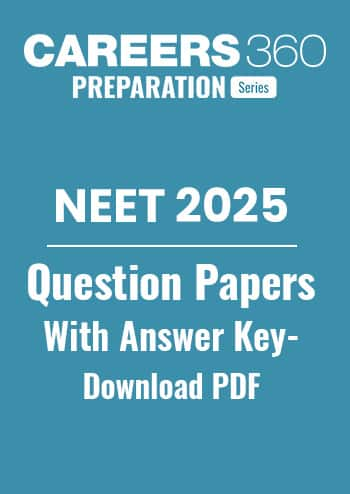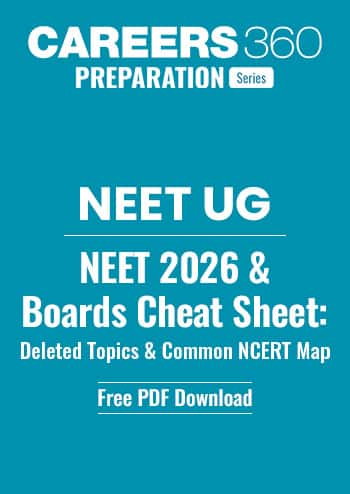Anomalous Behaviour of Boron MCQ - Practice Questions with Answers
Quick Facts
-
30 Questions around this concept.
Solve by difficulty
Which one of the following elements is unable to form ion?
Which of these statements is not true ?
Which of the following structure is similar to graphite?
Which of the following is least likely to behave as Lewis base?
Lithium forms body centred cubic structure. The length of the side of its unit cell is 351 pm. Atomic radius of the lithium will be :
Concepts Covered - 1
Certain important trends can be observed in the chemical behaviour of group 13 elements. The tri-chlorides, bromides and iodides of all these elements being covalent in nature are hydrolysed in water. Species like tetrahedral [M(OH)4]- and octahedral [M(H2O)6]3+, except in boron, exist in an aqueous medium.
The monomeric trihalides, being electron-deficient, are strong Lewis acids. Boron trifluoride easily reacts with Lewis bases such as NH3 to complete octet around boron.
It is due to the absence of d orbitals that the maximum covalence of B is 4. Since the d orbitals are available with Al and other elements, the maximum covalence can be expected beyond 4. Most of the other metal halides (e.g., AlCl3) are dimerised through halogen bridging (e.g., Al2Cl6). The metal species completes its octet by accepting electrons from halogen in these halogen bridged molecules.
Study it with Videos
"Stay in the loop. Receive exam news, study resources, and expert advice!"













